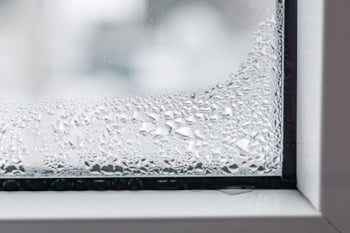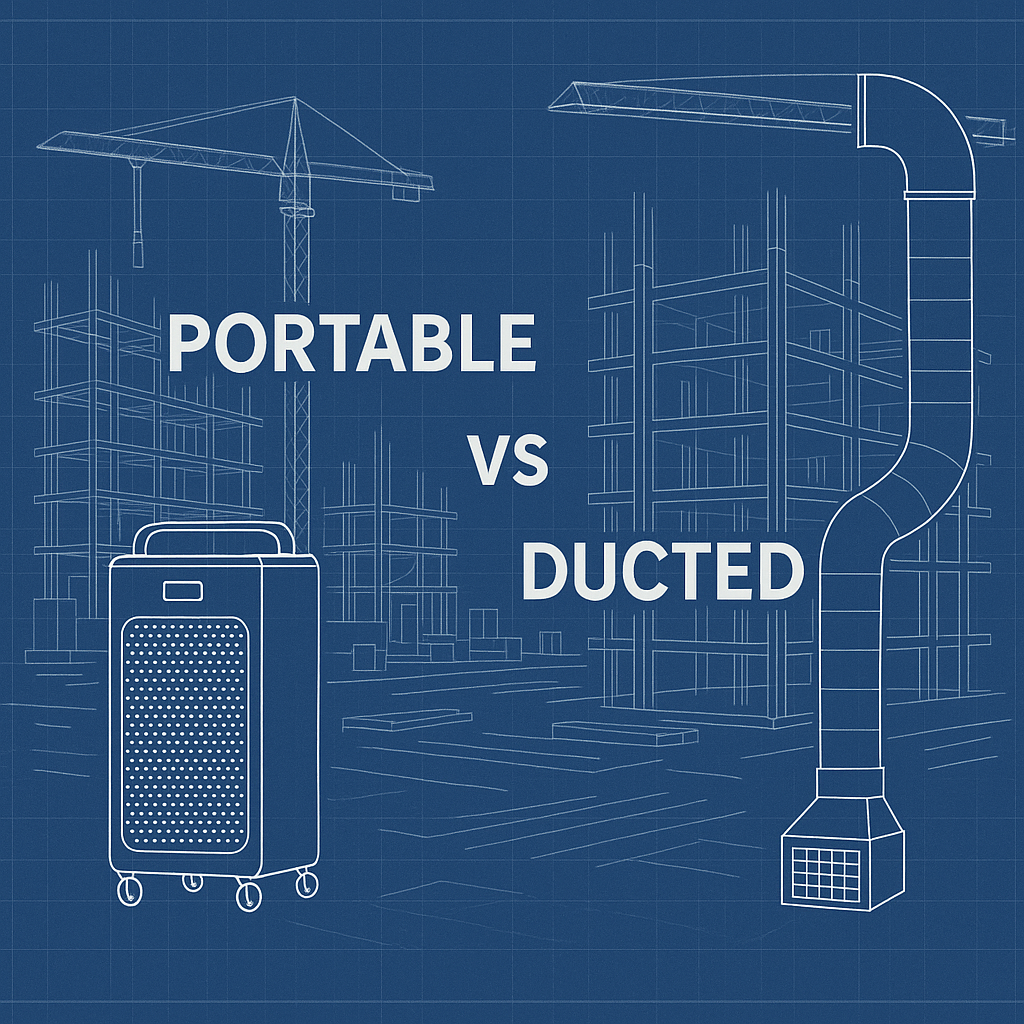 Dehumidifiers make sense for businesses that contend with excess moisture issues or need climate control. Humidity can cause unpleasant odors, water damage and other problems that can affect your bottom line. If you've googled "dehumidifier commercial" to learn more about your options, you may be wondering exactly how an industrial dehumidifier works.
Dehumidifiers make sense for businesses that contend with excess moisture issues or need climate control. Humidity can cause unpleasant odors, water damage and other problems that can affect your bottom line. If you've googled "dehumidifier commercial" to learn more about your options, you may be wondering exactly how an industrial dehumidifier works.
Many dehumidifiers operate much like air conditioners. Here — in a nutshell — is how they work:
- A fan pulls moist air into the unit
- Moist air encounters a cold surface, such as cooling coils
- Moisture condenses as the air cools
- Moisture drips into a pan, container or bucket
- Dry air is reheated
- Dry, reheated air exits the room via a fan
A commercial dehumidifier with pump will automatically discharge the water from the unit via a hose connected to a drain or sink. Units without a pump will typically shut off when the bucket collecting the condensation registers as full.
Dessicant humidifiers operate a little differently. Rather than using the condensation process to remove moisture from the air, dessicant units rely on chemical attraction. Air passes over a "dessicant wheel," which is lined with silica gel, the kind you've probably found in shoe boxes or packages. The silica sucks the moisture out of the air. Desiccant dehumidifiers can be smaller and lighter.
An indoor environmental systems professional can help determine what kind of dehumidifier commercial models will work the best for your business needs.
For a free consultation on assessing your dehumidifier commercial needs, contact Pure n Natural.




![4 Ways Indoor Humidity Can Cause Problems For Your Business [2025 UPDATED]](https://blog.purennatural.com/hubfs/a%20factory%20with%20extreme%20humidity%2c%20showing%20condensation%2c%20heavy%20air%2c%20and%20workers%20struggling%20with%20the%20damp%20environment.webp)

